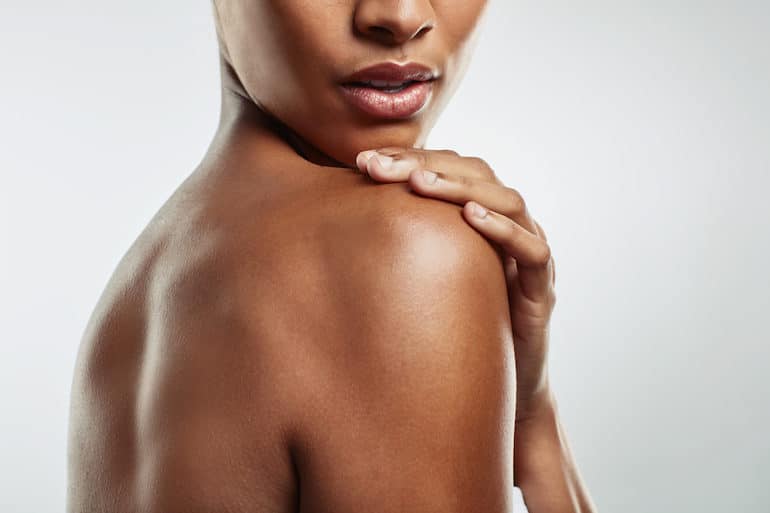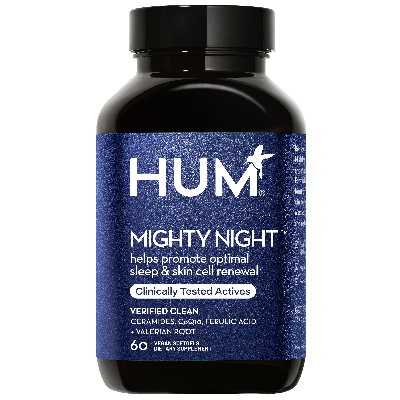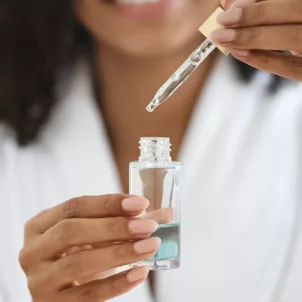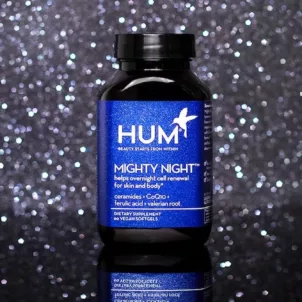As an aspiring skincare savant, I’m on a journey to learn the ins and outs of all things topical (pun intended). The trending subject of the skin barrier, however, has been a bit of a head-scratcher. To better understand what it is and how its strength is integral to a healthy complexion, I asked Los Angeles dermatologist Jessica Wu, MD, for her expert insight.

What is the skin barrier?
“Your skin barrier is the outer protective layer [of the epidermis] that holds in water and minerals and keeps out harmful bacteria, fungi, and toxins,” Dr. Wu explains. “It’s made of layers of skin cells arranged in a brick-and-mortar pattern. The cells (bricks) are glued together by three kinds of healthy fats called lipids: cholesterol, fatty acids, and ceramides (mortar).” While researching the skin barrier, I came across a handful of associated terms that sounded pretty important yet went way over my head. (Full disclosure: I was the lowest-graded student in my high school science classes, so this cognitive roadblock came as no surprise.) Thankfully, Dr. Wu was kind enough to elucidate some of these key terms:Acid Mantle
“The acid mantle is a layer of skin oils (sebum) mixed with sweat that sits on top of the skin cells. It exists outside of the barrier and has a slightly acidic pH level.” When strong and healthy, the acid mantle acts as a protective, built-in shield.Lipid Matrix
In this context, the word matrix is “sometimes used to refer to the network of lipids that hold the cells in the skin barrier together.” You can think of the lipid matrix as an elevated term for the aforementioned mortar binding the skin cells.Skin Microbiome
The skin microbiome “refers to the collection of microorganisms that live on your skin.” (While we’ve previously explored the gut microbiome and gut-skin axis at length, those impact your skin from the inside out. Conversely, the skin’s own microbiome exists externally. At any rate, dermatological issues can arise with altered microbial states in both spheres.) Essentially, a thriving skin microbiome will bolster your skin barrier and maintain healthy pH levels, which should range around 4.5 to 5.0.What compromises skin barrier function?
Dr. Wu says that overusing products and stripping the skin—by way of harsh alkaline ingredients and aggressive scrubbing—“can disrupt the barrier by removing essential barrier lipids.” She also adds that UV radiation weakens lipid layers and makes them more permeable to external aggressors.What are the tell-tale signs of skin barrier damage?
First, you might have a damaged skin barrier if you’re more sensitized to skincare ingredients you’d normally be able to tolerate. Another sign is flaky skin. Since I’d recently been grappling with pesky flakes spurred by dehydrated skin, I asked Dr. Wu if this condition could indicate skin barrier damage. “Dehydrated skin is deficient in moisture, so it can look loose and dry. But a damaged barrier typically leads to red, itchy skin, and maybe even infection—and dehydration alone wouldn’t make skin red and inflamed,” she advised. Phew! In sum, inflammatory skin conditions and reactions—acne included—are red flags signaling your skin needs extra TLC.
How to strengthen & restore your skin barrier
Forego Abrasive products
First, Dr. Wu recommends avoiding alkaline soaps, which have high pH levels (8.0 and above) that “severely” disrupt the skin barrier. Easily detectable culprits include bar soaps and other facial cleansers with sulfates (SLS, SLES), a proven enemy of any clean skincare regimen.Be Gentle on Your Skin
Dr. Wu also warns against harsh scrubbing. While it may be tempting to go HAM with physical exfoliants, you could end up causing new irritations or exacerbating existing damage. Don’t want to kick your exfoliating regimen to the curb? You could benefit by opting instead for gentler chemical exfoliants. Furthermore, always pat (rather than rub) your skin dry after cleansing and showering.Use replenishing Ingredients
The final step, she concludes, is using products with ceramides and lipids for skin barrier repair and replenishment. Thankfully, you don’t typically have to wait very long to notice positive results. “If the compromise is mild, you could see a difference in a day or two,” Dr. Wu explains. “If it’s more significant, however, it could take a month, which is the lifespan of a skin cell.”More like this









